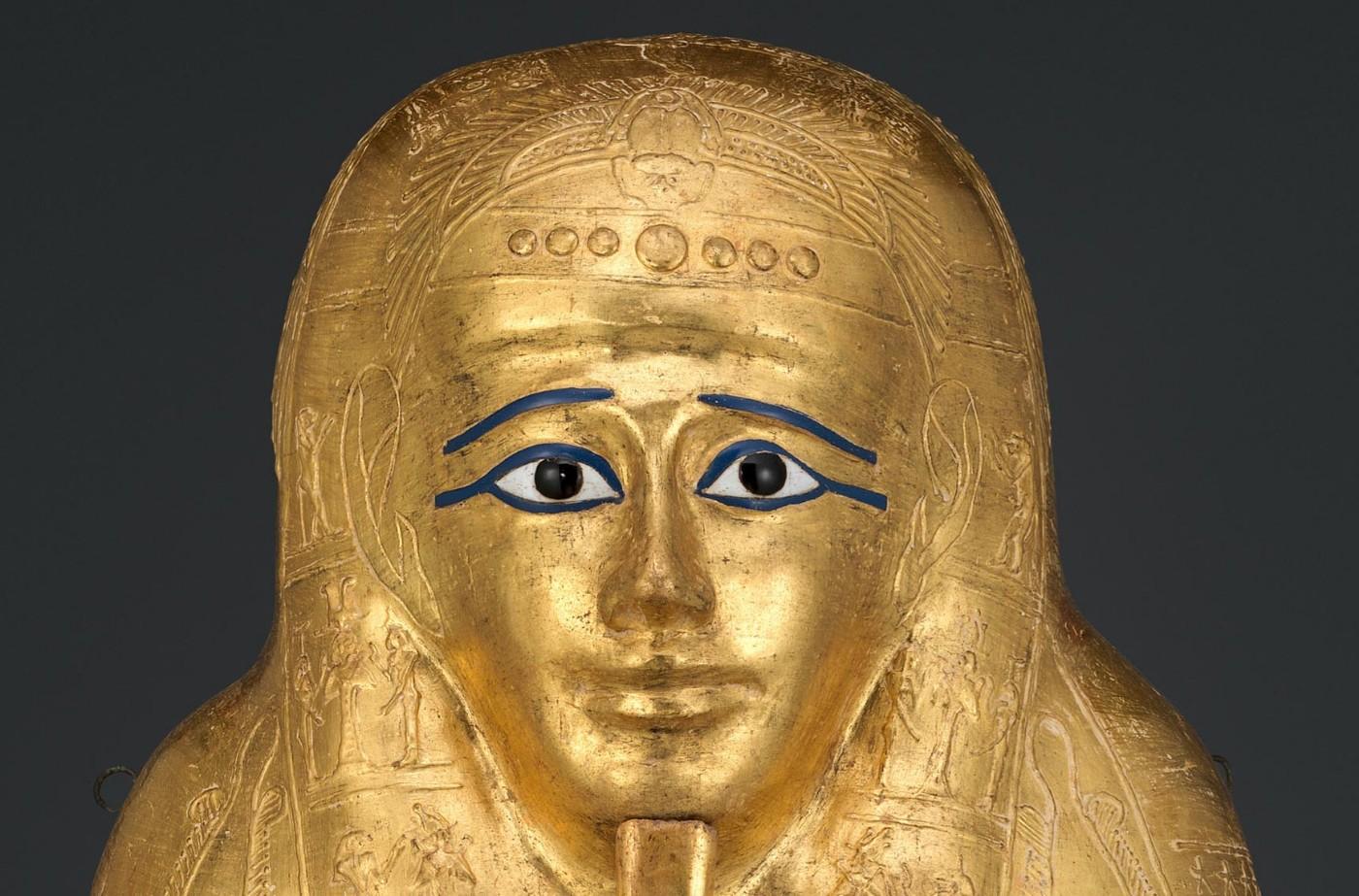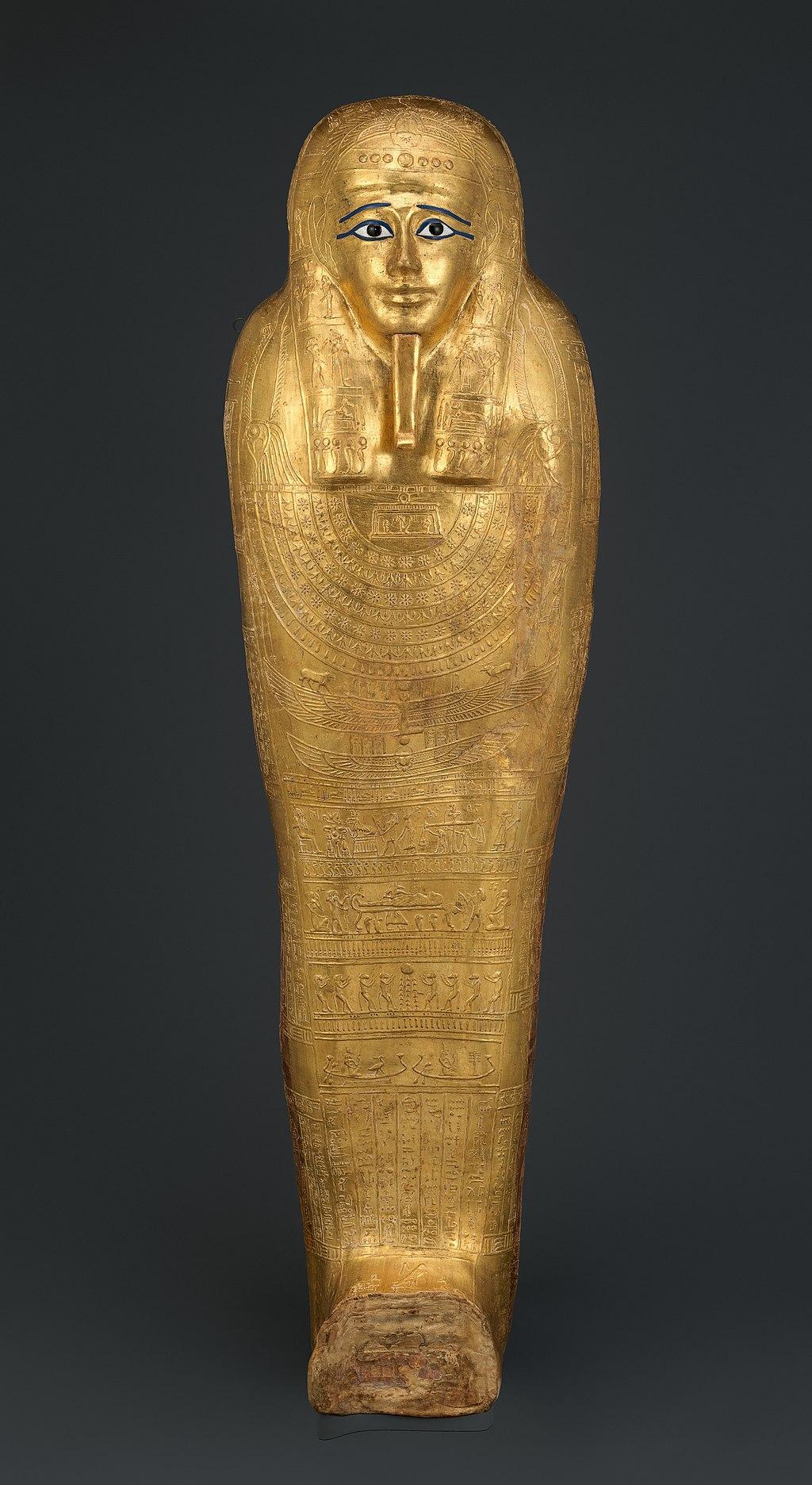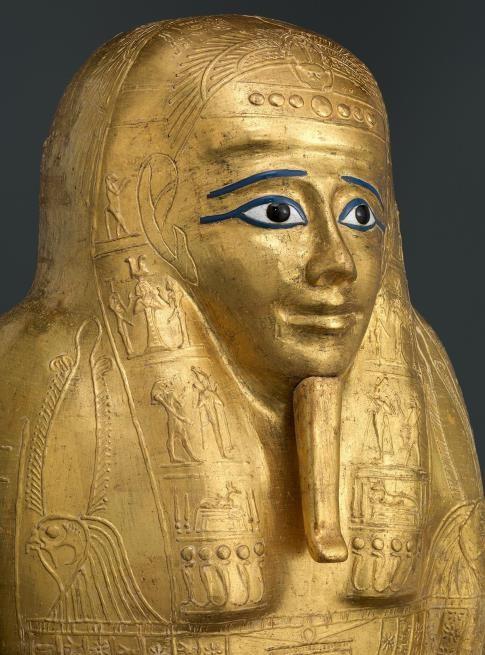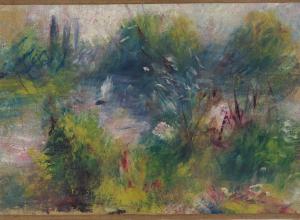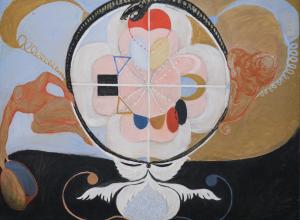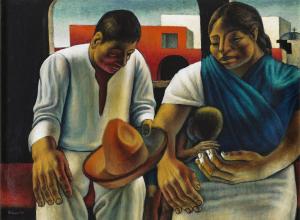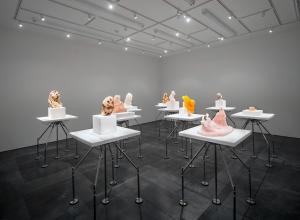The Metropolitan Museum of Art announced this week that they had handed over their prized Coffin of Nedjemankh to the Manhattan District Attorney’s Office, the first step in returning the artifact to Egypt. The first-century BC gilded Coffin had been the centerpiece of the exhibition Nedjemankh and His Gilded Coffin, which opened in July 2018, and included 70 other Egyptian objects from The Met’s collection.
The Museum recently learned that the Coffin, which they purchased in July 2017, had in fact been looted from Egypt in 2011. All objects purchased by the Museum are subject to a vetting process that they describe as "vigorous," including extensive research into ownership history. The provenance that accompanied the Coffin turned out to be falsified, as were other documents, including a forged 1971 Egyptian export license for the coffin.




